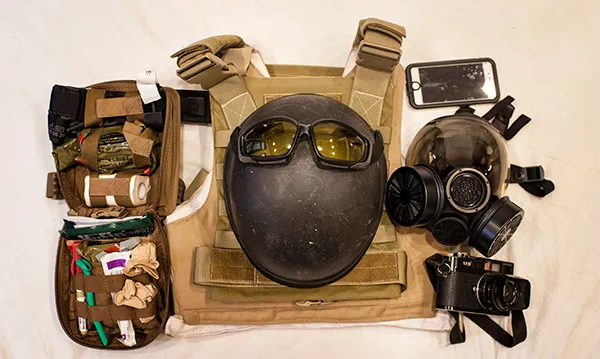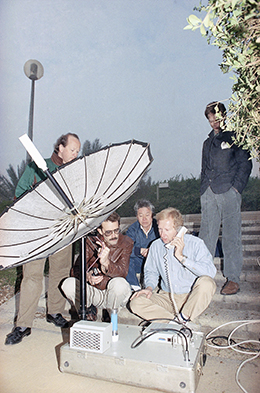Much work remains to be done to improve the security of journalists in the face of unprecedented threats, including the spread of violent non-state actors, the shrinking rule of law, resurgent authoritarianism, and an industry shift toward reliance on freelancers. Journalists, news outlets, and press freedom groups must find approaches that go beyond traditional training and advocacy. A special report by the Committee to Protect Journalists.

Published February 21, 2017
Table of Contents
The Best Defense: Threats to journalists’ safety demand fresh approach
As journalists face an unprecedented risk from the spread of insurgent and criminal groups, and news outlets rely more on freelancers to cover conflict and unrest, steps are being taken to increase safety and access to resources, including equipment and training in physical and digital security.
II. Solidarity, knowledge, and protection
Sidebar: Only universal technical security will keep journalists safe
Sidebar: What is CPJ doing about the risks?
Infographic: Price of Protection
Infographic: Psychological Safety
Video: On the front line of news gathering
PHOTO: A journalist’s protective gear is packed ready for the next assignment. (Scout Tufankjian)
